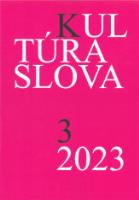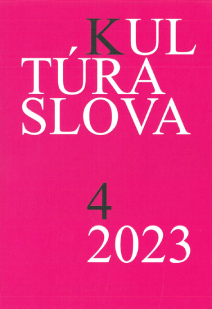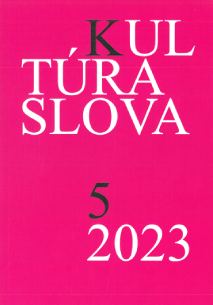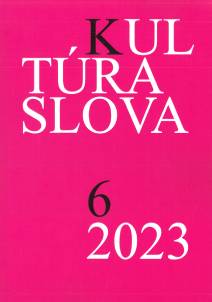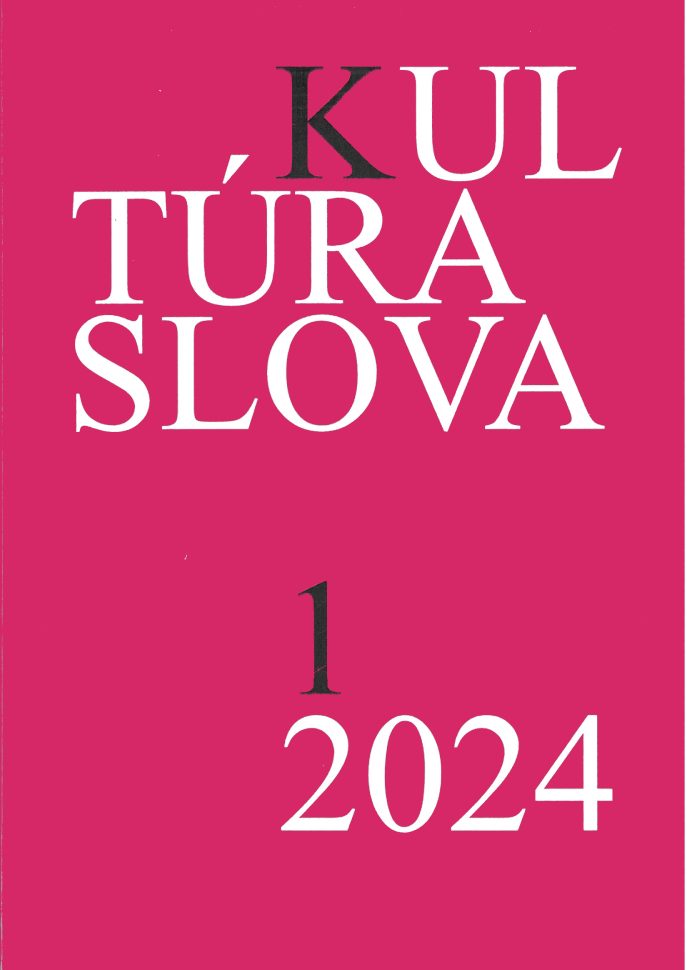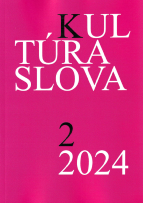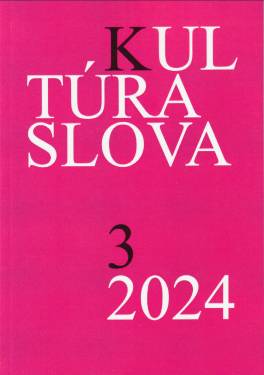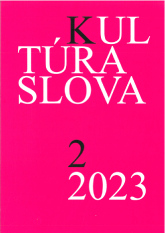
O názvoch gemerských polievok
Polievka oddávna bola a doteraz je v slovenskej kuchyni tradičným jedlom. Zaujímala v nej vždy významné miesto. Na dedinách, tie gemerské nevynímajúc, bola často jediným vareným jedlom dňa. Jedávala sa ráno na raňajky, na obed i na večeru. Nie nadarmo sa v Revúcej hovorilo, že poliauka je fundament.
More...
